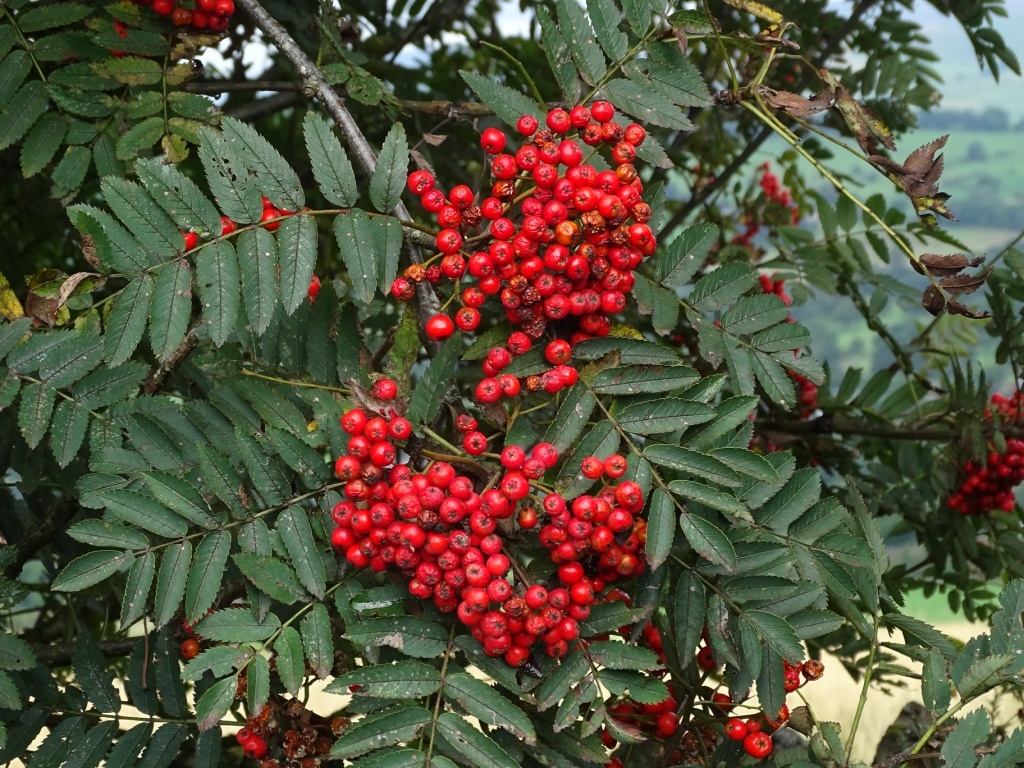
Look Wild: What to spot this Autumn
-
Date posted: 30/09/2022
-
Time to read: 6 minutes
It’s been a strange year for weather: a warm winter, droughts and hosepipe bans, and even worse, fires. As summer comes to an end though we’re hopefully moving into a phase of more stable autumn weather. There’s lots to see as the seasons change and this time of year is full of colour. Here’s a look at what autumn holds in the Peak District National Park.

Fungi
The end of summer and autumn is a great time for fungi. Although a lot of fungi can be quite hard to identify with any certainty, at least without getting really technical, waxcaps are some of the more colourful fungi in the British Isles and a joy to spot. The UK is home to some of the most important waxcap habitats in the world and they thrive in uncultivated spots, such as old pastures, hay meadows, and graveyards. Plantlife have created a useful guide on IDing Waxcaps and are encouraging everyone who spots waxcaps to report their sightings. There will need to have been a bit of rain for waxcaps to appear though! When you spot one, why not also add them to the NPUK Look Wild project and help us to understand where these wonderful little splashes of colour grow in our UK National Parks.
Observation of Scarlet Waxcap by Jess Coatesworth

Berries
Trees and shrubs more than pull their weight on autumn colour. A lot of the soft fruit has now gone over, but other berries are just starting to come into their own as the leaves drop away. Rowan (or Mountain Ash) trees have had a great summer and are putting on a good show with their berries this year, elderberries are also ripe and ready for picking, while Blackthorn berries, otherwise known as sloes, will need a month or two yet (at least in the Peak District) before they are ripe and ready to pick. If you’re planning on taking advantage of this natural bounty though you’ll have to be quick! Berries are also wonderful for attracting wildlife from far and wide, and providing a useful food source in the harder winter months. In fact, some birds, such as redwing, fieldfare and waxwing, migrate to this country and feast on the berries throughout winter. Look Wild can also be used to record sounds and this is a good way to ID birds, especially big flocks that are really noisy and busy munching away.

Leaves
Autumn wouldn’t be autumn without the leaves falling from the trees. At this time of year, deciduous trees start to claim back the goodness in their leaves to regain energy ahead of the darker winter months when there’s less sun. There are some beautiful spots in the Peak District to enjoy the autumn colour, such as Macclesfield Forest. This is also a great time to learn a bit about tree ID! The Woodland Trust have put together a great, easy to use guide for IDing trees, as well as a handy app. We have lots of wonderful native trees that have beautiful coloured leaves in autumn, like Field Maples, Beech, and Crab Apples. Of course it’s not just about leaves – Dogwoods have the most amazing fiery stems, brightening up even the darkest places throughout winter.
Wherever you are this autumn, enjoy the changes in nature and the new colours that are put on display!
This Blog was written by Jessica Coatesworth, Peak District National Park